Even for the most experienced travelers, when we think “castle,” our minds tend toward the grand palaces of Europe (in fact, we’ve listed our Top 7 Castles in Europe here).
But did you know that Japan has its own incredible collection of historic castles, some dating from as far back as the 1400s? While Japan isn’t the first place we think of, if it’s castles you seek, you’ll be pleasantly surprised with what you find.
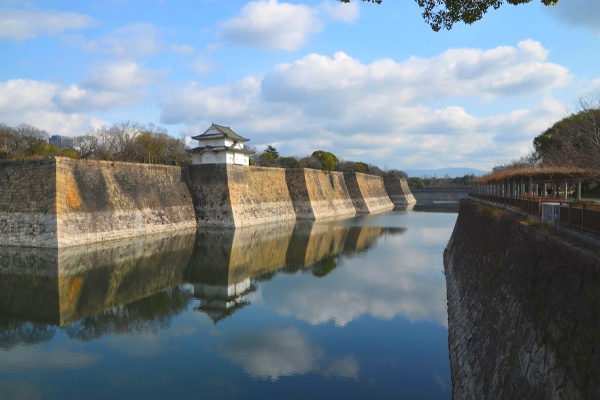
Japanese castles are distinctive in their design, not only from Western countries, but from other countries within Asia.
So, while Europe has castles to spare for the history-loving traveler, don’t overlook the Top Castles of the World Outside Europe.
We’ll focus here on Japan’s best castles to visit, from the oldest to the biggest, and what sets these fortresses apart from their Western counterparts.
What is the history of castles in Japan?
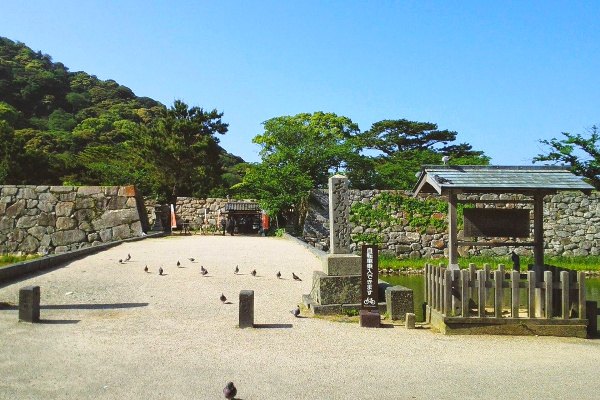
The top Japanese castles - whether they’ve since disappeared into the tides of time or are still open to visitors - date back to the 16th century and earlier.
The original fortresses were constructed of wood and stone and were built to protect and defend ports, river crossing or trade crossroads.
Though many Japanese castles were built in the Warring States era (from 1467 to 1568), the most enduring architecture came into being in the 16th century and is what you’ll see the most of on a tour focusing on Japanese castles.
For the samurai lords (daimyo) who resided in the Japanese castles, their construction had two purposes. The first was to defend and protect the region, while the second was to display the lord’s wealth and power. Not surprisingly, the larger the castle, the bigger a deal the daimyo.
What kinds of Japanese castles are there?
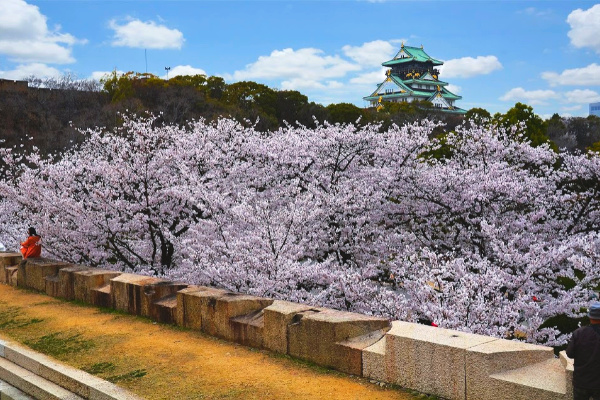
Over the centuries, the type of Japanese castle morphed from mountain castles (yamajiro) and hilltop castles (hirayamajiro) to flatland castles (hirajiro) and water castles (mizujiro).
The top Japanese mountain castles include Takatori Castle in the Nara Prefecture, Takeda Castle in the Hyōgo Prefecture and the Bitchū Matsuyama Castle in the Okayama Prefecture. (See more mountain castles here!)
Flatland castle examples include Osaka Castle in the Osaka Prefecture, Nagoya Castle in the Aichi Prefecture and the impressive Matsumoto Castle in the Nagano Prefecture.
Water castles include Takamatsu Castle in the Kagawa Prefecture, Imabari Castle in the Ehime Prefecture and the Nakatsu Castle in the Ōita Prefecture.
Who lived in Japanese castles?
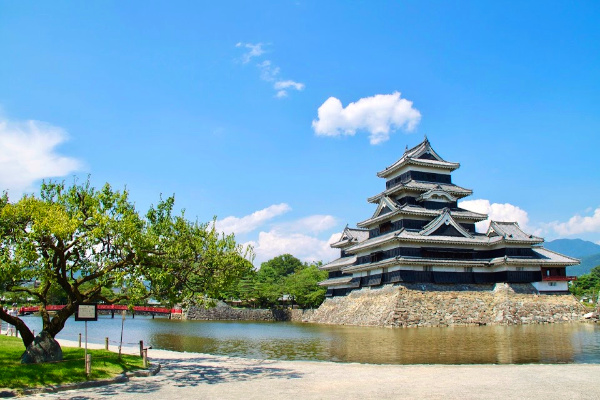
As you tour the top Japanese castles, you’ll learn about feudal lords, samurais and imperial family members who resided in them. The castles were typically designed with multiple rings, called the honmaru (main circle), ninomaru (second circle) and sannomaru (third circle).
The tower was in the main circle, and the lords typically resided adjacent to the tower in the second circle.
Samurai lived in the third circle - their rank determined their proximity to the castle, with higher ranks being closest. Several Japanese cities evolved from these castle towns, including Tokyo and Kanazawa.
How many castles are in Japan?
When you visit Japan to see castles, you’ll only have the opportunity to view 12 originals that are still standing. At one time, there were estimated to be about 25,000 castles throughout Japan, including the ruins and reconstructions.
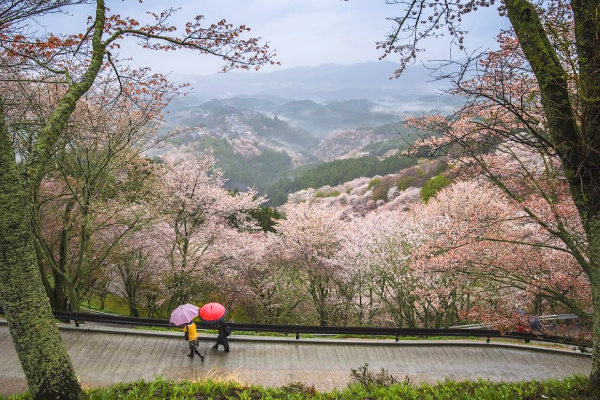
Many castles were destroyed at the end of the feudal age in 1868, while more were lost during World War II. Today’s dozen remaining Japanese castles are defined as those that have their original central keep that dates back to the Edo period (1603-1868) or earlier.
How are Japanese castles different from European castles?
A quick search of Japanese castles and European castles reveals their different architecture and style. While both regions built their fortresses to house imperial families and leaders and to protect against enemies, each has features uniquely its own.
Despite their different looks, Japanese and European castles actually have more in common than simply serving as a bastion of defense. If you’ve toured Europe’s top castles and are now on a guided tour of Japan’s best castles, take note of the following similarities:
- Watchtowers and turrets, built with the obvious intent to provide a better view of the castle surroundings
- Moats, a strategic feature to ward off the enemy and make attack more difficult
- Location on higher ground, at least for Japanese mountain and hilltop castles, to allow a better view of the surroundings
- Concentric walls, allowing for a layered protection from enemies
- Portholes, great for defensive tactics and shooting arrows and guns
Seems very castle-like, right? Now, let’s look at how Japan’s top castles differ in their style from traditional European castles.
- Roof design, kept very simple in European castles, and quite intricate in Japan
- Number of stories, typically 3-5 in Japanese castles and 4 in European castles
- Pyramid effect, in that Japanese castle levels diminish in size as the castle grows taller, while European castle levels are typically aligned
- A more complex moat system within the castle for defensive purposes, inviting in and trapping enemies
- Steep staircases and pathways within the castle walls that would tempt enemies in and lead them to highly guarded areas
- Two gates at 90-degree angles, creating a small inner courtyard, which was well defended
Best Japanese castles to visit
1. Osaka Castle
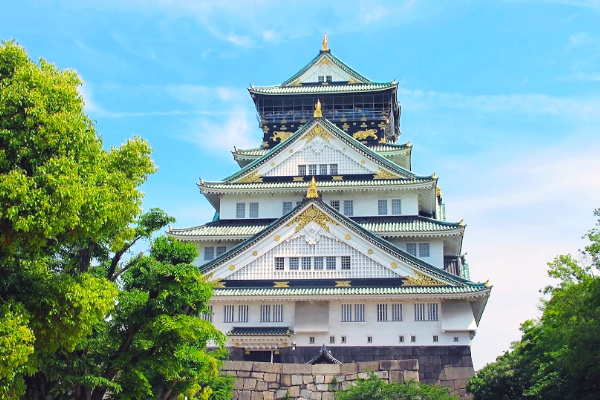
The most famous of Japanese castles, Osaka was the stronghold of Toyotomi Hideoyoshi. Today, it is an iconic site and top attraction in Osaka. The castle is eight stories high, surrounded by a moat and was built on the site of a temple. Like several Japanese castles, part of Osaka Castle was destroyed by fire - this time in the late 1600s - but underwent significant restoration in the late 19th century.
2. Inuyama Castle

This is one of the 12 castles that have survived intact since the Edo period. While there is no historical proof, Inuyama is considered the oldest Japanese castle.
3. Himeji Castle
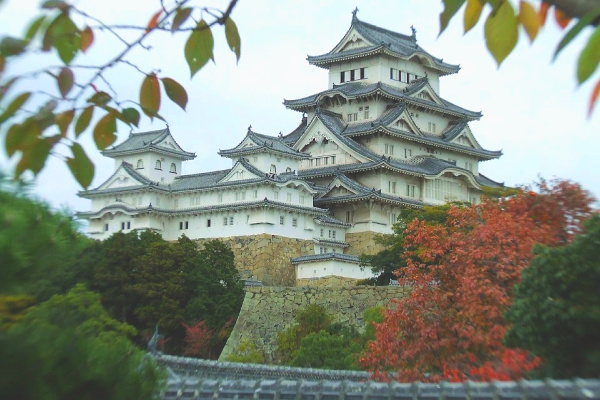
If you have time to see just one castle in Japan, Himeji is the best one to visit. Himeji Castle is a World Heritage Site and completely open to the public. Take a tour with one of the volunteer English-speaking guides or just explore on your own.
Visitors are allowed to walk around the grounds wherever they please, including through the castle and to its tippy-top, and photography is allowed throughout. Movie buffs might recognize Himeji Castle from its role in The Last Samurai, starring Tom Cruise.
4. Matsumoto Castle
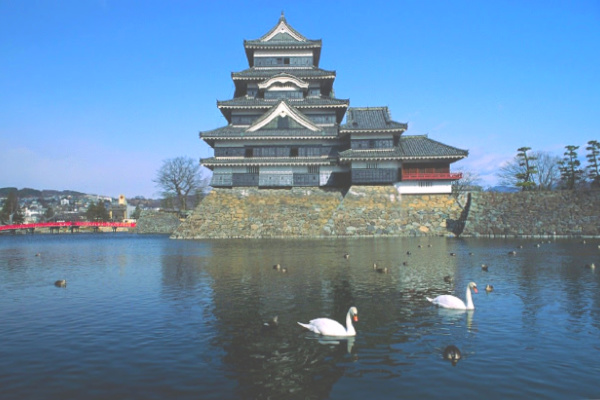
Considered one of the most beautiful Japanese castles, Matsumoto Castle is close enough to Tokyo to add it on as a day trip. The castle is one of the few built on flat land and is impressively well preserved.
You’ll be able to view the moat, the gates, the sub floors and more of this late-16th-century palace.
Insider’s tip: What looks like five floors from the exterior of the castle actually reveals itself to be six stories!
The windowless third story was designed to keep the floor secret from invaders. Ask about the wing turret that was specifically designed for moon viewing.
5. Kumamoto Castle

The third largest castle in the country, this is one of the most impressive Japanese castles. Notice the exceptional thickness of the inner and outer walls.
Ask about the 100 wells that were built and the plethora of camphor and gingko trees that were built to provide for the castle town’s inhabitants.
Although an 1877 fire nearly destroyed the castle’s wooden sections, extensive reconstruction efforts since 1960 have transformed it, yet again, into one of Japan’s best castles.
6. Nagoya Castle

In its heyday in the Edo period, Nagoya Castle in central Japan was one of the most significant in the area.
While the castle that visitors see today was built in the early 17th century, the origins of the structure date back to the 1500s. The castle was originally named Yanagi-no-maru, but a warlord who seized the castle just after its construction gave it the Nagoya moniker.
7. Matsue Castle
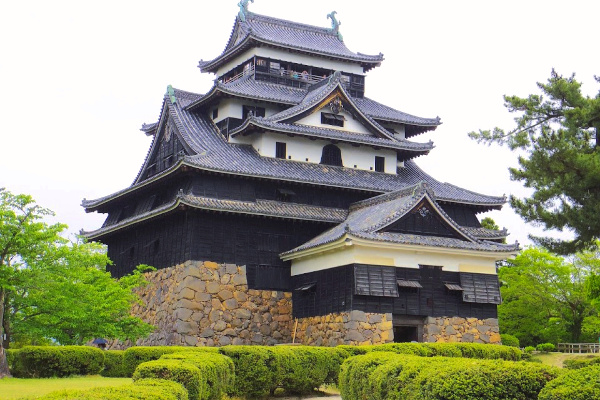
Look for the original wooden sections of Matsue Castle, finished in 1611, and one of Japan’s best and oldest castles. Unlike some of its predecessors, the predominantly wooden castle was never subjected to battle and therefore escaped fiery destruction.
The Matsue Castle is the only castle remaining in the Sanin region. Today’s visitors can learn about its 234-reign by Naomasa Matsudaira and his descendants and see the castle tower, its only remaining structure.
8. Hikone Castle
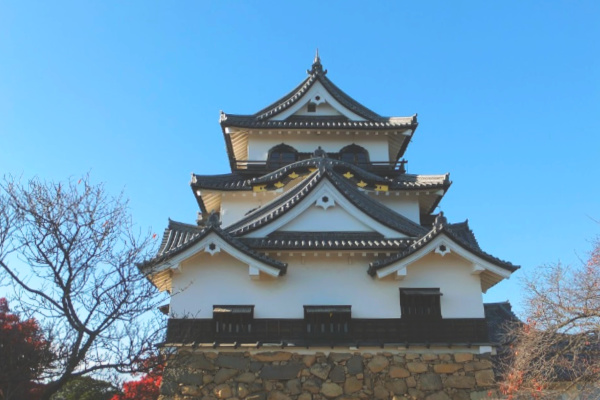
In the late 1800s, the emperor of Japan demanded that Hikone Castle be spared from dismantling, like many of the castles in the region were subjected to.
His reasoning? That Hikone Castle is one of the most historical and culturally significant Japanese castles and he wanted it preserved for years to decades to come.
When you visit, notice the three turrets and the stable, some of the castle’s defining architectural features. Like Matsue Castle, Hikone is one of the only original Japanese castles.
9. Shimabara Castle
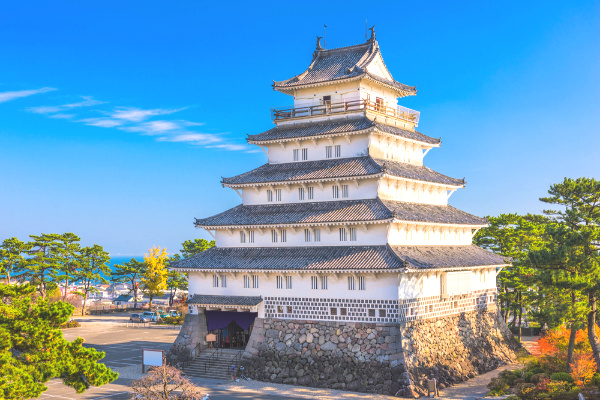
Another Japanese flatland (hirajiro) castle, Shimabara Castle is in the Nagasaki Prefecture near Mount Unzen and Ariake Bay.
The telltale feature of Shimabara is its significant moats, some more than 160 feet wide and 50 feet deep. Your small-group Japan tour will likely include this historic castle, as it has been turned into a museum focused on local culture and the feudal-era Shimabara Rebellion.
10. Shuri Castle
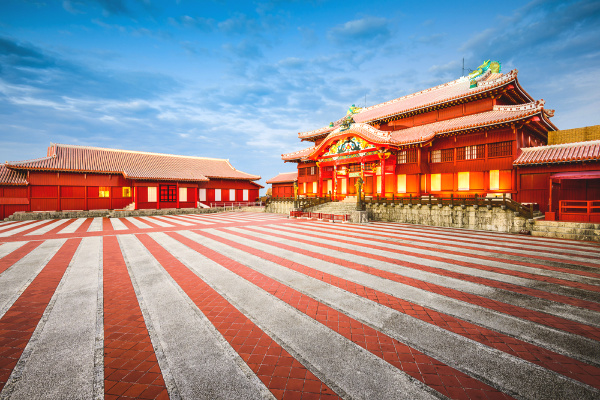
Dating back to 1429, the bright red Shuri Castle is one of the top attractions in Okinawa. In its heyday, the castle was the biggest on the island and since that time has changed hands many times, including important Chinese families during the Ming Dynasty, and the United States after World War II.
11. Okayama Castle
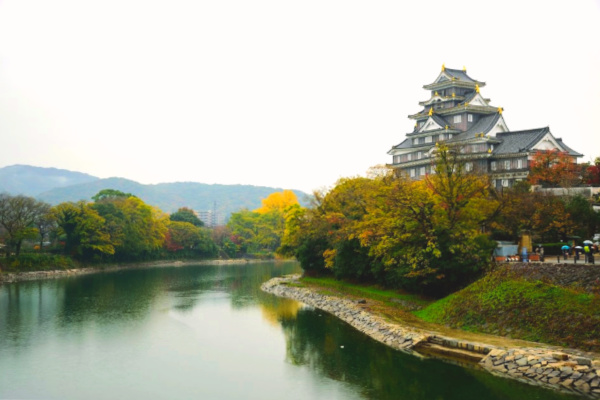
It took nearly 20 years to build Okayama Castle in its namesake prefecture, finally completed in 1597. Visitors are welcomed into the inner sanctuary, free of charge. Notice the golden fish gargoyles on the roof, where they have perched from the very beginning.
Okayama Castle is also known as the “crow castle” for its black exterior. Combine a tour of Okyama with neighboring Himeji for two of the best Japanese castles.
Ready to explore the beautiful and unique castles of Japan?
See all tours and packages in Japan here »
Want even more castles?
Famous Castles Around the World
The World's Best Mountain Castles
Top Castles of the World Outside of Europe
Top 10 Castles & Chateaux of France


